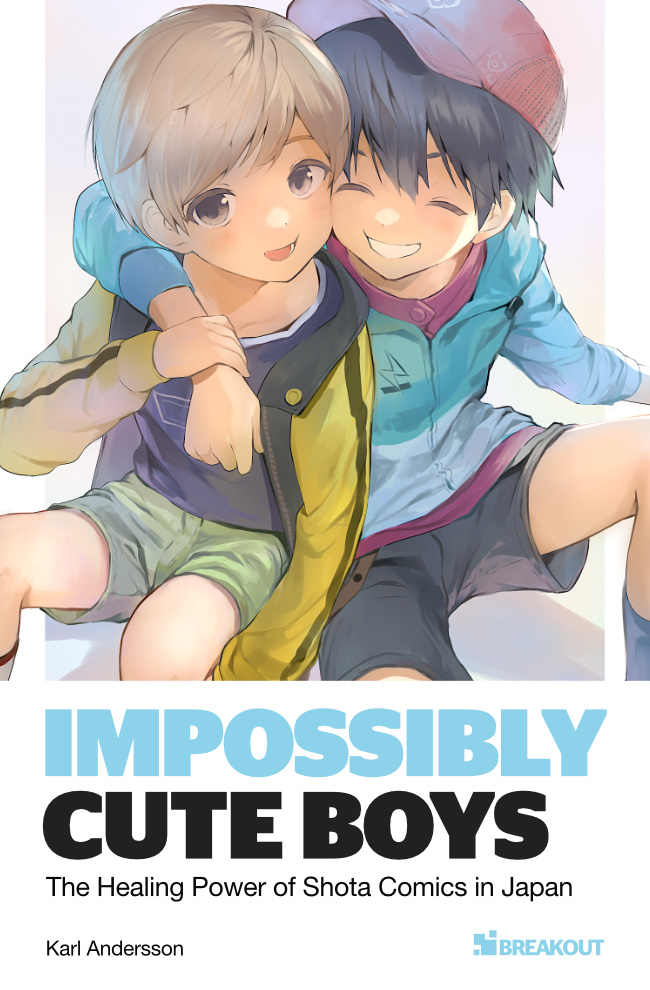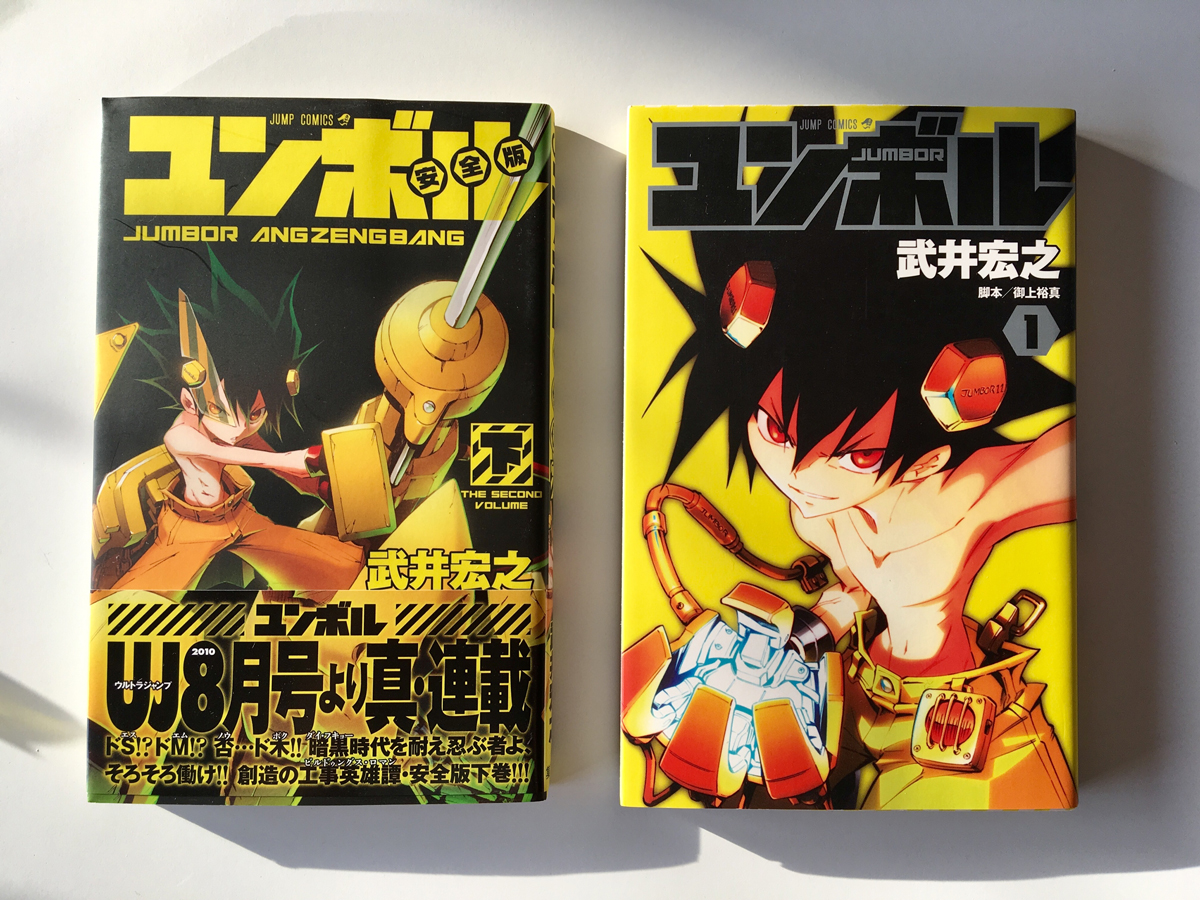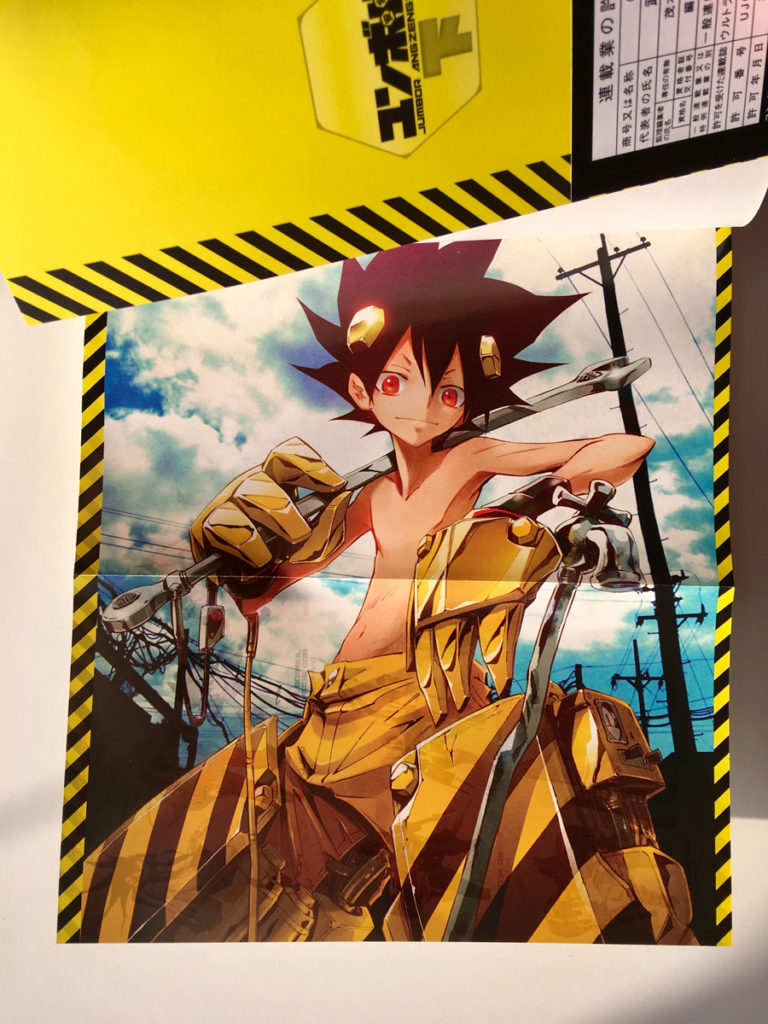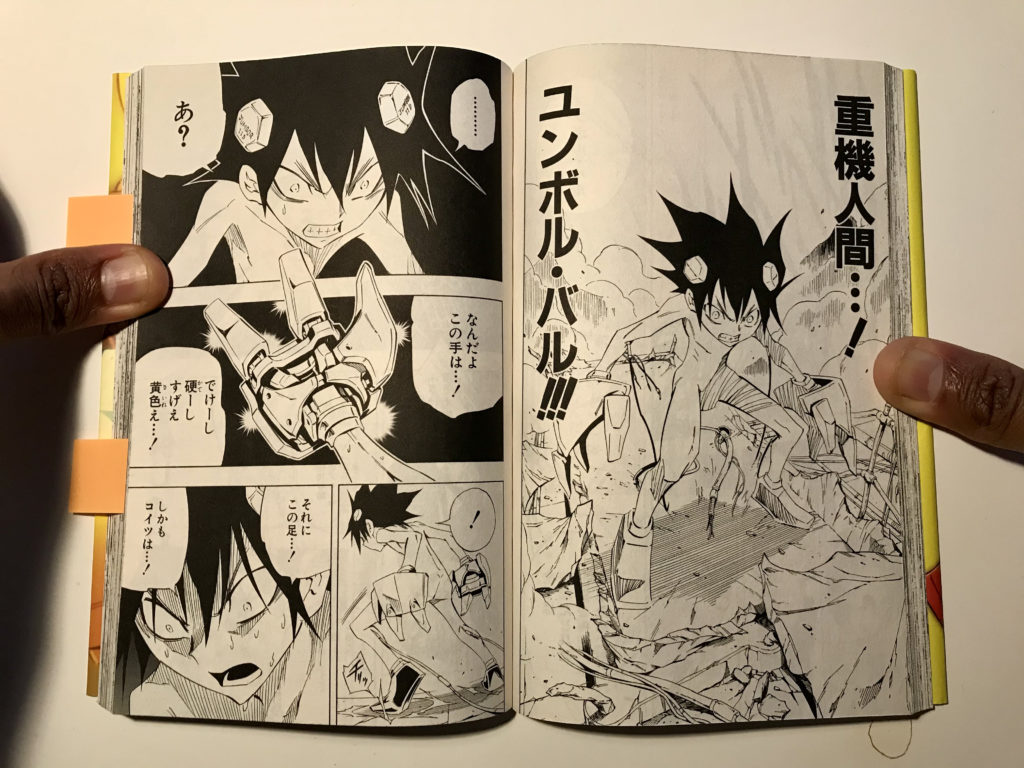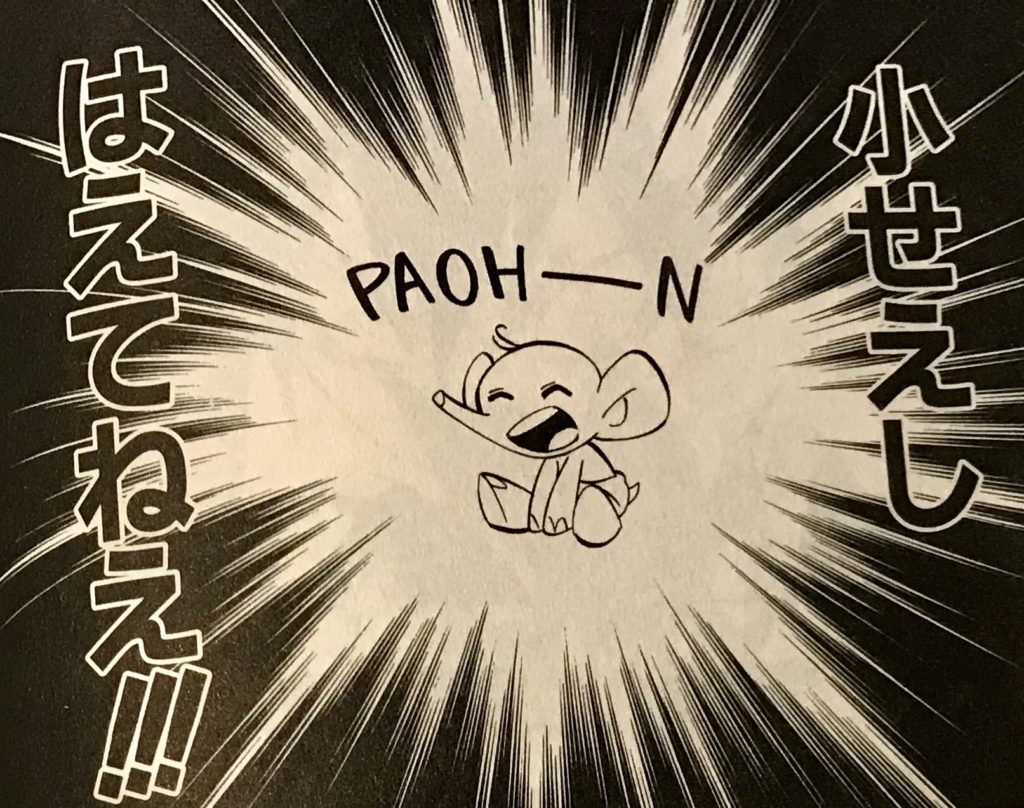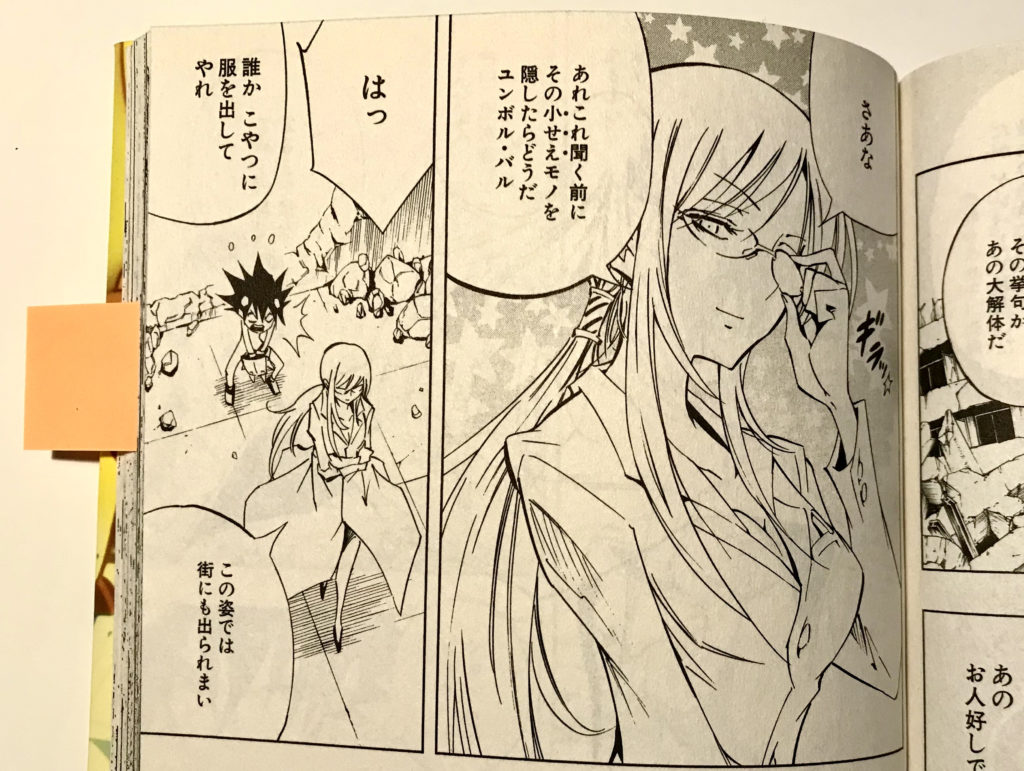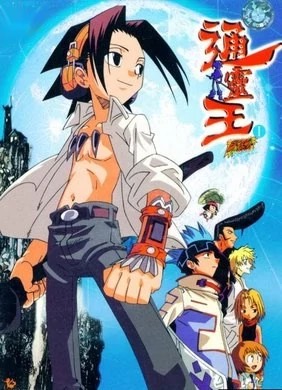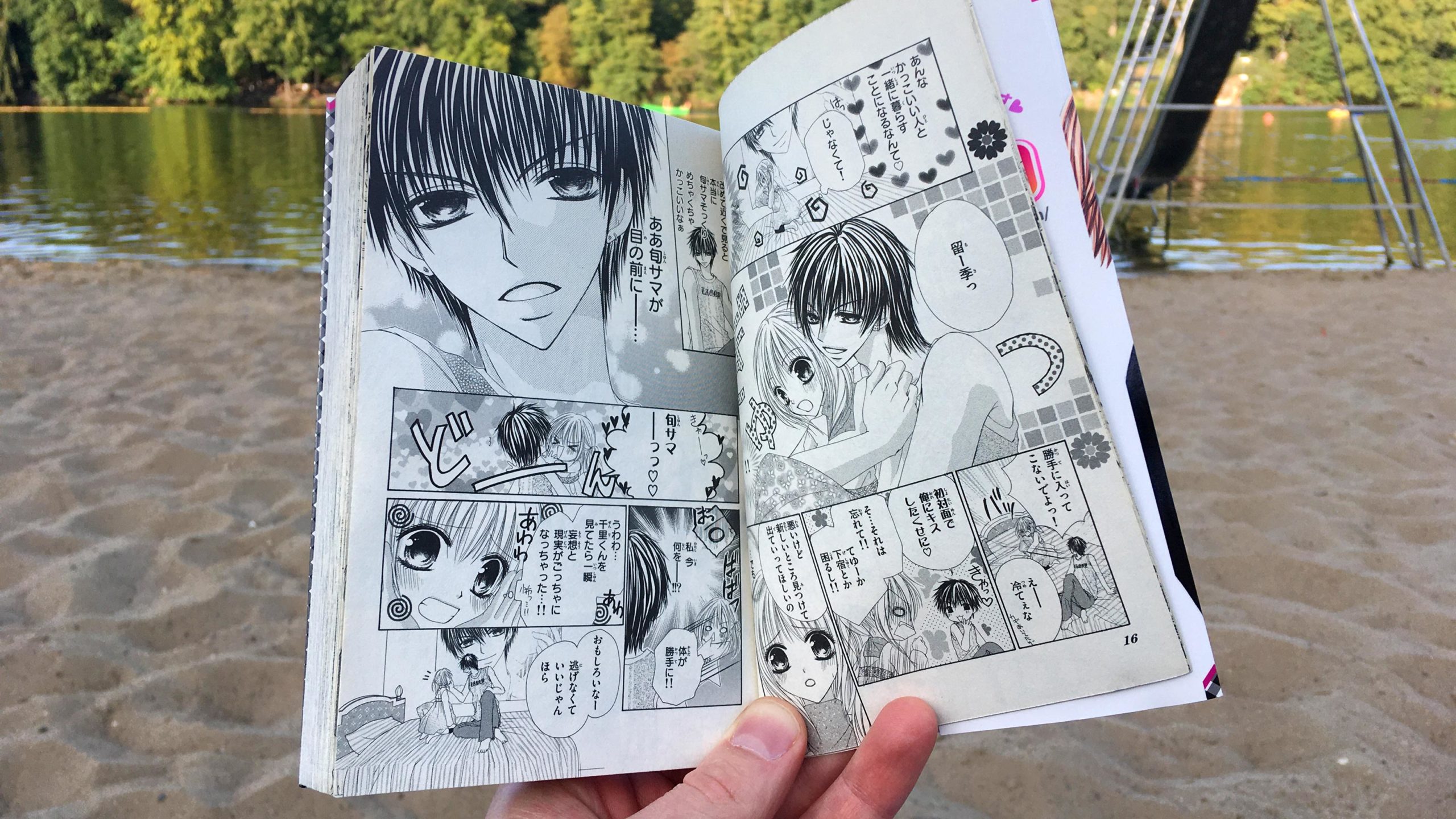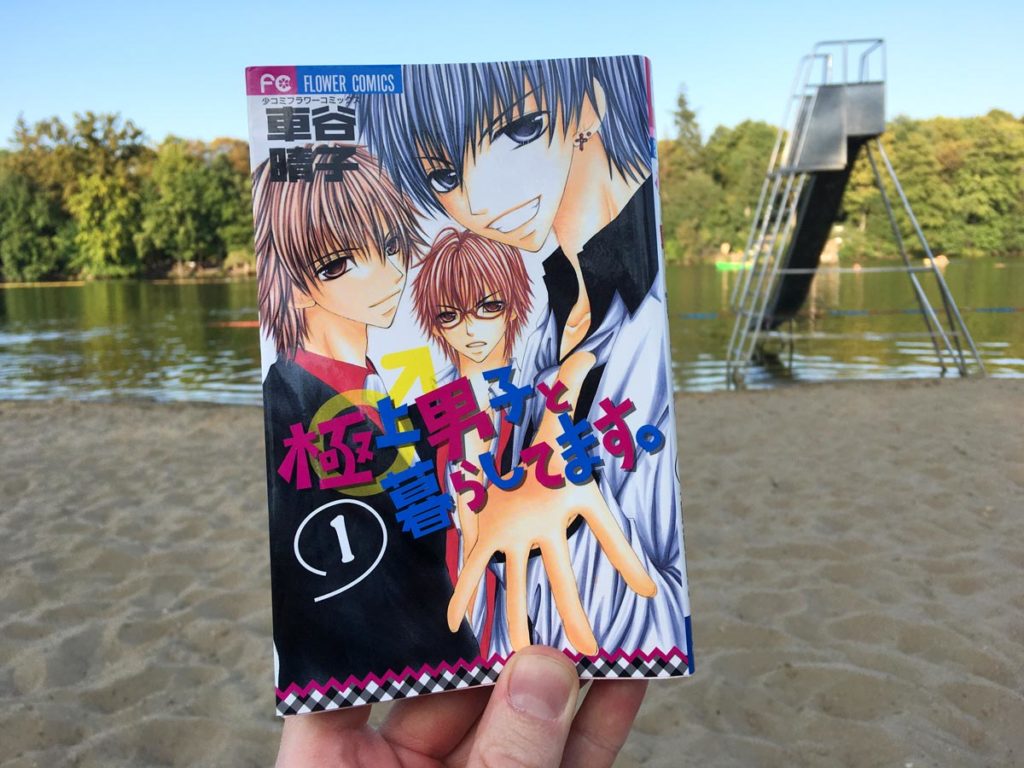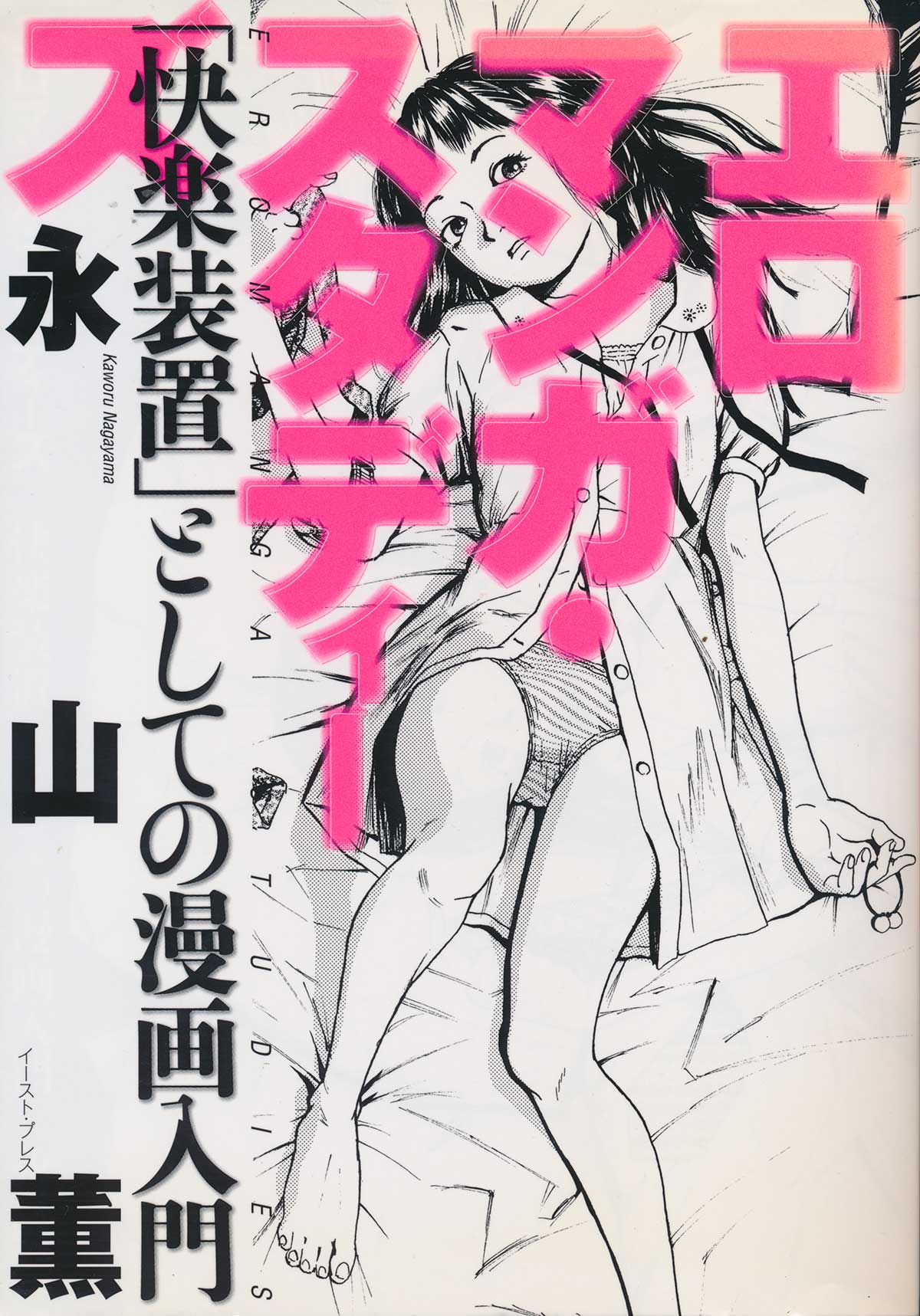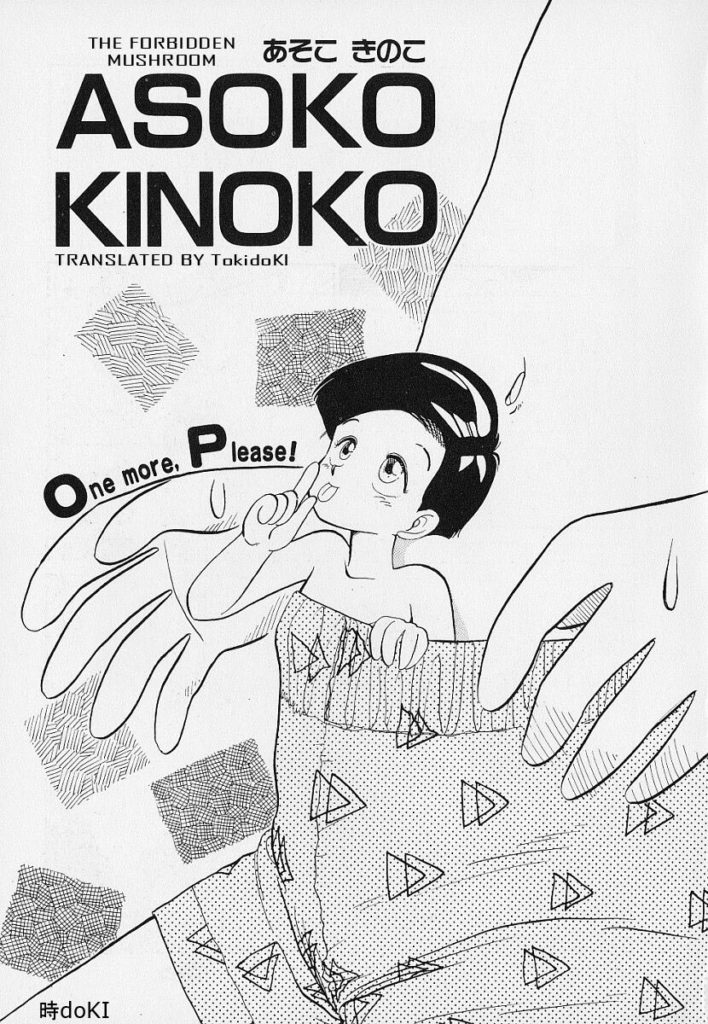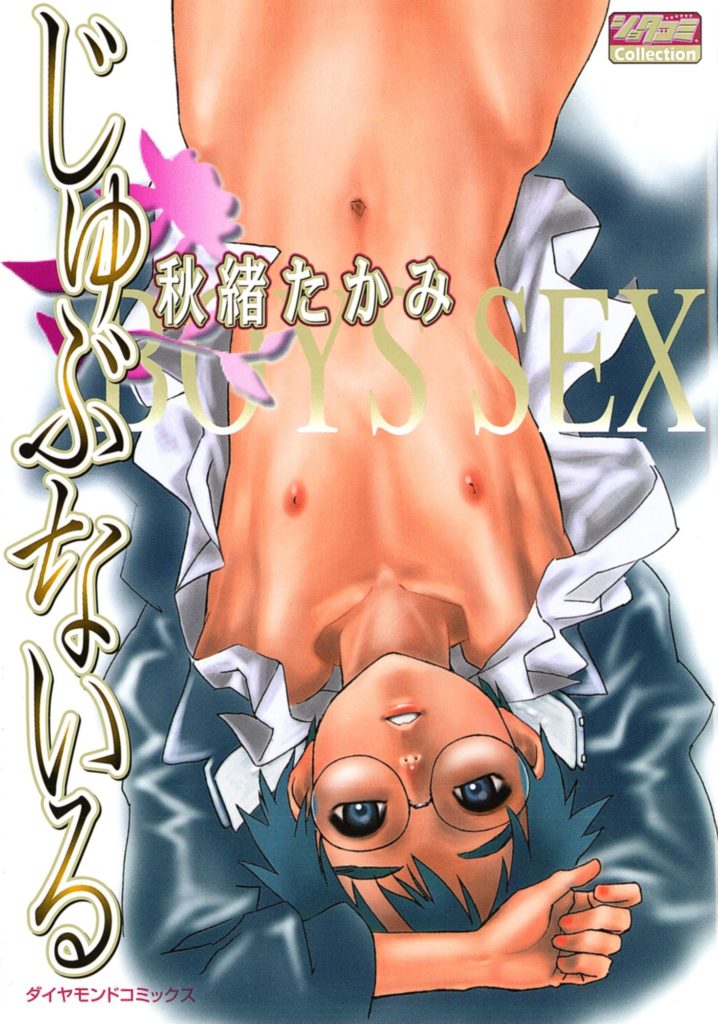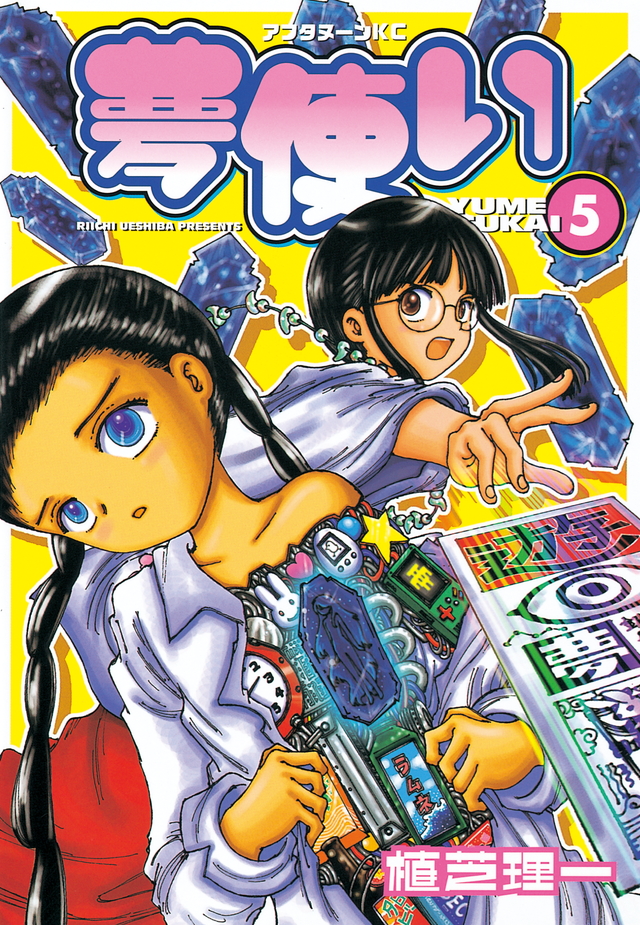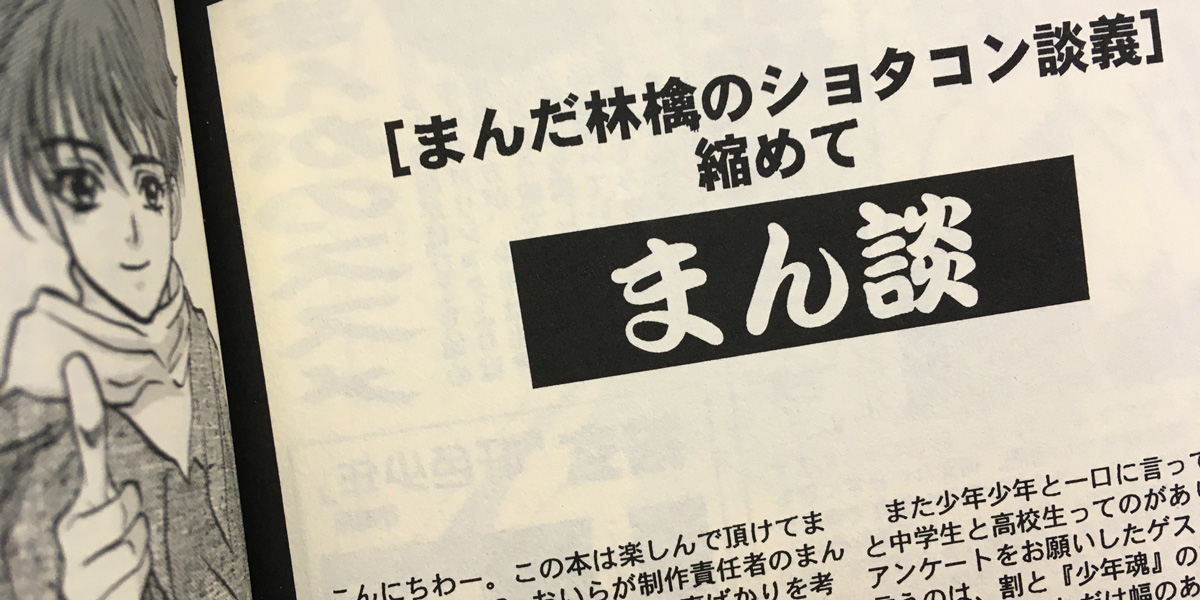This anthology, edited by Okada Toshio, contains the essay “Shota research” (ショタの研究) by Watanabe Yumiko (渡辺 由美子), under the section “Otaku Sexuality 1” (おたくのセクシュアリティ1).
Watanabe-san’s essay is unique in that it interrogates female and male shota fans in the 1990s, while outlining the history of shota aesthetics, as well as providing an analysis of shota’s allure. I read it in great detail and used it as a springboard to watch several key animes from the 1980s and 1990s, “Mashin Eiyūden Wataru” being the most important of them.
Part 1: The history and definition of shota (p. 32-41)
Regarding the etymology of shota and shotacon, Watanabe-san mentions that there were several terms used within shōjo and shōnen-ai manga, including “ribocon” for “little boy complex”, but that the dōjinshi world eventually settled for the better sounding term “shotacon”, which first appeared in a 1981 issue of Fanroad.
Footnote 2 describes how Animecku’s editor Komaki Masanobu (小牧雅伸) and Fanroad’s editor Hamamatsu Katsuki (浜松克樹), pen name “イニシャルビスケットのK”, came up with the term. It was the lolicon boom in the early 1980s and they wondered what a male equivalent would be, for “boys in shorts” (半ズボンの少年). After Komaki dropped the hint of Kaneda Shōtarō (金田正太郎) from Tetsujin 28-gō (the original manga, not the remake which was broadcast at the time), the editors decided to call it “Shōtarō complex”, which became “shotacon”.
Watanabe-san goes on to describe how a number of mainstream boys’ anime, most importantly the “shota trigger” Mashin Hero Wataru (魔神英雄伝ワタル, Mashin Eiyūden Wataru) from 1988, awakened the “shota mind” and established shota as a new genre, separate from yaoi, among dōjinshi creators. I have summarised this development in a separate post:
As for shota’s definition and age range, Watanabe-san writes that there might be as many opinions as there are shota fans. However, a shota character’s face should not have adult length, and the character must possess some kind of cuteness.
When it comes to shota characters’ personality, Watanabe-san has created a “shota gauge” (ショタゲージ), or “shotameter” in my translation, where she places the qualities “hot-blooded” vs “cool”, and “shorts” vs “skirt” on two continuums, in which she places the popular boy characters from mainstream manga and anime.
Part 2: Female shota fans (p. 42-47)
This section is a conversation between Watanabe-san and X-Kids mangaka Suō-san, who started out creating aniparo dōjinshi in high school. Starting out with Yuu☆Yuu☆Hakusho and Gundam W, both popular among aniparo creators, her taste turned towards shota with Shinji from Neon Genesis Evangelion (新世紀エヴァンゲリオン, 1995):
I didn’t think of him as shota until episode 24 when Kaworu appears, and I was like ‘What, is Shinji like that?!’. (laugh)
Suō-san
Episode 24 of Evangelion spurred a Kaworu ✕ Shinji boom among female creators, both in yaoi and shota. Kaworu’s arrival made fans realise that Shinji was a “total uke”.
Survey results from commercial shota magazines for women show that age difference, as in older/younger brother or even father/son, is the most appreciated feature among female readers. However, shota is much less strict than yaoi when it comes to the seme/uke division. If yaoi was a way for women to escape the uke role to become a seme with the power to “attack” male characters, shota is a whole different “playground” which much more open possibilities, Watanabe-san argues.
Part 3: Male shota fans (p. 48-54)
Watanabe-san begins with explaining how male shota interest emerged from the loli boom in the 1980s. Since the characteristics of loli are smooth, flat chests, and the cute style of shōjo manga, the step was not far to smooth boys. The yaoi boom made it easier for loli mangakas and publishers to experiment with boy characters, which made their ways into loli magazines like Lemon People (レモンピープル) and Hot Milk (ホットミルク). Surveys confirmed that the male readers liked “boy stuff” (少年もの). Eventually the main shota genre “big sister and me” (お姉さんと僕) emerged from this.
Watanabe-san now turns to interview Usagi-no-Tokei-san and Hakuo-san from the shota circle Shiro-usagi, and they claim to not “come from loli”:
At least, we are not shota who came from loli. Both of us were shotacons already in elementary school.
Hakuo-san
They explain how they watched robot animes as children and how they attracted to the boy heroes of animes like Triton of the Sea (海のトリトン) and Babel II (バビル二世), not to mention Kappei of Invincible Super Man Zambot 3 and Amuro of Gundam.
The most appealing thing in boys’ anime is hot friendships. When boys’ friendships are depicted in anime, it moves me and it makes me think of “something” beyond friendship. That “something” is not just friendship or affection.
Hakuo-san
Usagi-no-Tokei-san explains how he experienced “pseudo-love” between boys in elementary and middle school, and how he “got stuck in that stage” when other moved on to male-female relations. He thinks that “staying in the boy stage” is something that shotacons may have in common.
Next, Usagi-no-Tokei-san distinguishes this personal trajectory from that of shota fans who come from loli:
For people who come from loli-kei, as long as it’s smooth (tsurupeta) and cute, a boy too is okay, they seem to reason. Because only the lower body differs (laugh). Therefore they focus on the sex in their shota manga, whereas we who have been shota fans for a long time, for us the boy’s attraction is a much more special thing. That’s how I think about it.”
Usagi-no-Tokei-san
They call their thing “genuine shota” (真性ショタ), and say that there might be more of them than expected. They have set up a website where they collect impressions from other shotacons. They hope that people who find the website might feel relief that they are not the only ones with those feelings. Usagi-no-Tokei-san says that before they found fellow shotacons, they thought they were sick. Interesting here is that the Japanese word shinsei (真性) is also translated as “inborn nature”, and the literal meaning of the kanji is something along the lines of “true sex/sexuality”.
As for their relation to real (actual) boys, they keep a distance and talk about a “compromise” (割り切り). I understand this as a way to rationalise one’s inclination, “I’m ok, I’m not bad”, sort of. Hakuo-san likes 2D only, whereas Usagi-no-Tokei-san likes “2D Plus” (二次元プラス), in that he enjoys watching real (actual) boys, but that is where he draws the border.
Watanabe-san seems very surprised by the mindset of these “genuine” shota fans. She felt a strong sense of “shame”, which is non-existent for female creators who draw yaoi or loli. She observes that shota is drawn differently by men and women. In male shota, not only the seme but also the uke expresses emotions. The reason might be that male shota fans can identify with any boy character they like.
Watanabe-san mentions the recent (that is, recent in 1998) trend of youth ✕ boy (青年 ✕ 少年) couplings, which Usagi-no-Tokei-san exclaims would be “impossible”. Impossible is exactly what makes it good, Watanabe-san argues (with a laugh), and Usagi-no-Tokei-san replies:
(Laugh) I’m more like … Both when I look at shota manga and when I draw it, I immerse myself in that situation, they are not other people to me. If there is a relation between two boys, I too can feel like a boy, but if it’s a youth who does what he wants with a child, that’s a crime. It’s obscene, no matter how much 2D it is …
Usagi-no-Tokei-san
Watanabe-san concludes that for “genuine” shotacons, the boy character is used for self-identification, and that they through shota might be chasing the “imaginative boys” of their own past.
Finally, there is a discussion on homosexuality and how discrimination made it hard to say that you are attracted to your own sex, which I suppose the “genuine” shotacons are? If the word “homosexuality” was not so loaded, liking boys would be just another hobby, like “sabu-kei” (さぶ系) or “shemales” (ニューハーフ), Watanabe-san writes.
In the end, whether people are accepted or not depends on the ‘words’, as conceptual rules, that are attached to them. The fact that we have started to come out little by little is thanks to the word “shota”. I’m a shota, I’m an otaku, whatever the genre, the words attached to people do not only discriminate, but also have positive meaning, which leads to a feeling of acceptance.
Hakuo-san
Watanabe-san concludes that since “shota” is a word that spread from inside out, and wasn’t used by outsiders to discriminate, it can be used to accept, empower, and express oneself.
In the last section, Watanabe-san describes what she calls “borderless gender transformation” (性ボーダレス化):
Men turn from loli to shota, women turn to loli, in the shota world phenomena like “female Shinji” appear, whatever, whenever can be meshed together.
Watanabe Kumiko-san
However, my impression is that the “genuine” shota fans are not included in that optimistic analysis. Even so, Watanabe-san’s interview with Hakuo-san and Usagi-no-Tokei-san is indeed groundbreaking, and a great stepping stone for further research into shota and its readers.
